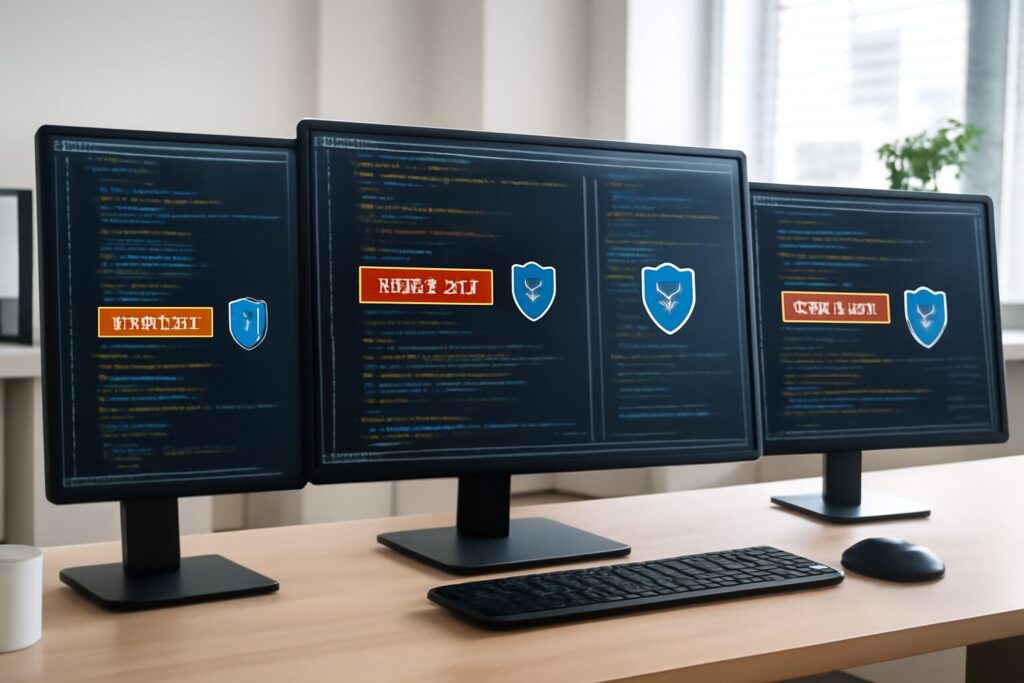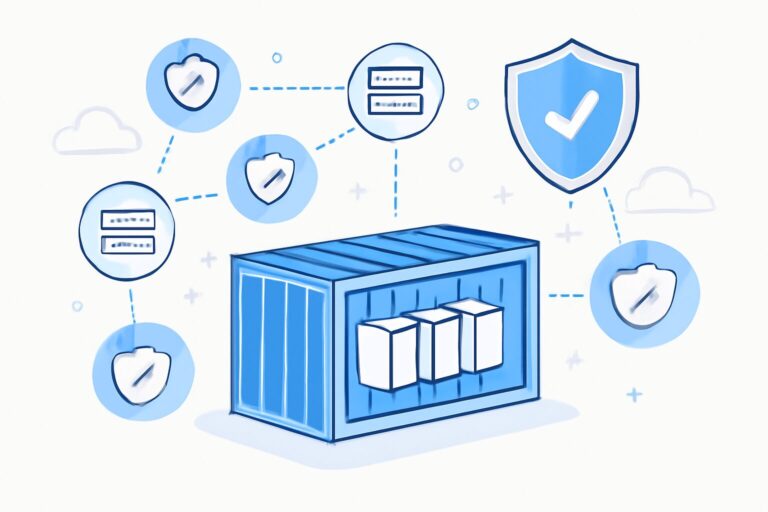# When Yesterday’s Code Becomes Today’s Threat: Unveiling the Security Risks Behind Legacy Code and Response Strategies
## Introduction
In today’s rapidly advancing digital transformation, enterprises increasingly depend on software systems. However, legacy code security risks are becoming one of the biggest challenges faced by organizations. As security expert Brian Trzupek pointed out in his October 2025 article in SC Media, “Yesterday’s code may be today’s hidden threat,” indicating that forgotten or poorly maintained code quietly evolves into serious security hazards.
This article delves into the core issues of legacy code security risks, reveals the crises behind them through real-world examples, and offers practical protection advice to help development and security teams effectively respond and safeguard information security.
—
## Legacy Code Security Risks: The Invisible Killer of Technical Debt
Many enterprise software projects have accumulated substantial technical debt—temporary technical compromises made to expedite feature delivery, often manifested as lack of sufficient documentation, incomplete testing, and outdated dependencies. Brian Trzupek notes that technical debt often accumulates faster than patch cycles, making it difficult to apply security fixes promptly and leading to unresolved vulnerabilities.
As codebases grow large and maintenance becomes more complex, forgotten code paths and dead code branches become potential entry points for hackers. When such blind spots go unmonitored or unaudited, they are easily exploited as hidden backdoors.
Additionally, using outdated versions of libraries and third-party components presents significant risks. Delayed updates mean existing CVEs (Common Vulnerabilities and Exposures) remain unpatched, giving attackers opportunities. Coupled with insufficient code observability, runtime threats often go undetected post-deployment, escalating security risks.
### Case Examples
– **Example 1**: A code segment merged just weeks ago introduced a subtle SQL injection vulnerability triggered by minor API updates. The flaw remained nearly unnoticed until an attack occurred.
– **Example 2**: A forgotten feature toggle in a mobile app accidentally reactivated an insecure interface, causing user data leakage.
These cases warn that poorly managed legacy code not only affects functionality but also forms critical weak points in security defenses.
—
## Changing Mindsets: Building a “Living Code” Approach to Enhance Legacy Code Security
Attitudes towards legacy code must shift. As Brian stated, “Your code doesn’t retire because it’s ‘done’—it ages into tomorrow’s zero-day vulnerabilities (#ZeroDay).” Legacy code should be treated as a “living” system, with ongoing attention and maintenance key to preventing security risks.
### Best Practices
– **Shift-Left Security**: Integrate Software Composition Analysis (SCA) into Continuous Integration (CI) pipelines to scan dependencies for vulnerabilities in real-time, preventing risks from reaching production.
– **Automated Dependency Audits and Timely Upgrades**: Use automation tools to regularly review all dependencies, ensuring no vulnerability fix is missed.
– **Code Ownership System**: Rotate module maintainers and document responsibilities to avoid “islands,” ensuring every code segment is monitored and security issues are promptly addressed.
– **Continuous Fuzz Testing and Runtime Monitoring**: Apply fuzz testing and dynamic observation on legacy modules to detect anomalies in real-time, enhancing code resilience.
—
## Practical Action Guide: Daily Steps to Ensure Security
For concrete implementation, the following three recommendations are suggested:
– ✔️ **Quarterly Dependency Health Checks**
Conduct comprehensive security scans on all dependencies quarterly, updating vulnerability databases and component versions timely. Tools like Dependabot and Snyk can automate monitoring and upgrade alerts.
– ✔️ **Feature Toggle Hygiene**
Automate cleanup of obsolete and unused feature toggles to prevent exposure of attack surfaces through inadvertently active legacy features.
– ✔️ **Chaos Engineering Exercises**
Employ chaos engineering principles to deliberately create anomalies—such as network disruptions or API failures—to test legacy code stability and security, exposing hidden risks proactively.
—
## FAQ
**1. What is legacy code?**
Legacy code refers to old code modules that have been developed and deployed but receive little maintenance or lack documentation.
**2. Why is legacy code prone to security issues?**
Legacy code often contains outdated dependencies and unpatched vulnerabilities. Lack of documentation and poor maintenance make security risks hard to detect and fix.
**3. How does technical debt affect software security?**
Technical debt hampers timely patch deployment and increases code complexity, elevating the chances of overlooked security flaws.
**4. What does shift-left security mean?**
It means embedding security checks early in the software development lifecycle, such as during coding, to reduce correction costs later.
**5. How to assess legacy code security?**
Use regular security assessments, automated vulnerability scans, fuzz testing, and code audits collectively.
**6. Why is chaos engineering useful for legacy code?**
It simulates real-world faults and attacks to uncover vulnerabilities in legacy code, improving system robustness.
—
Treating legacy code as “living code” is essential for modern software security. Only through constant monitoring, patching, and pruning can we prevent it from becoming future security disasters.
To learn more about protecting enterprise software security and managing legacy code effectively, visit De-Line Information Technology at [https://www.de-line.net](https://www.de-line.net). We offer top security services and development support to help you build a safer, more reliable software ecosystem! ✨🔐
—
*External Reference:*
OWASP official deep dive on [technical debt and security risks](https://owasp.org/www-project-top-ten/) is highly recommended for further reading.
************
The above content is provided by our AI automation poster




